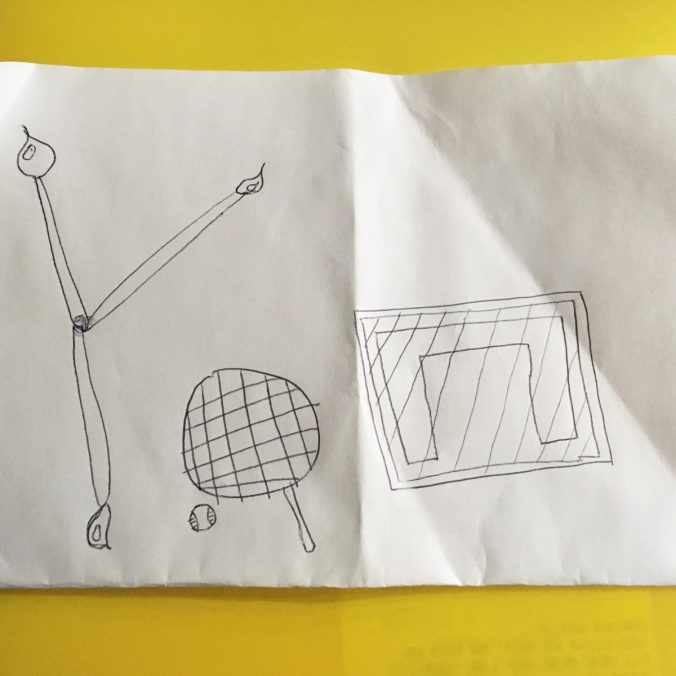This video was shown during class on Mon, Jan 30, 2017. Review it if you need to take notes.
This is a foundation course in typography with an emphasis on using type for a multiple of industry related applications ranging from print to interactive.
This video was shown during class on Mon, Jan 30, 2017. Review it if you need to take notes.
This animated video about Johannes Gutenberg was shown during class on Mon, Jan 30, 2017. Review it if you need to take notes.
It is important that you check here frequently during the week. There are also times when you will be required to contribute to the content here. As mentioned, this and all class participation is part of your grade.
Your Next Steps
Class Recap: History of Letterform

My name is Yan Ling Moy, but people call me Yan. This is my first year taking courses in Communication Design. I enjoy doing different types of art, such as painting, sketching, or everyday arts and crafts. Anything that inspires me creatively, I would take the opportunity to draw it out. My favorite mediums for painting are acrylic and water color. During my spare time, I would relax myself by either watching the latest released movies on Netflix or catching up on my favorite TV episodes such as Supergirl or the episode of The Flash. I would also use the time to practice on my drawing or painting. I also enjoy spending time with my friends and family. During the summer, I would usually go out to play tennis with my friends or shop with my family.
Although I may have some background doing artwork traditionally, I have little experience doing art digitally. I am very excited to be a part of this major because it allows me to challenge myself in doing art from a different perspective. I am most definitely looking forward to learning new things and growing along the way.
Picture Credit to my Friend Emmanuel
The easiest way for me to collect everyone’s contact information is for you to fill it in yourself. Please take a moment to fill out this form today. If I don’t have your email address, you will miss out on important notifications from me, and it is important that you regularly check your CityTech email. Use this link to access… (click here for the form).
Hello everyone, and welcome to the Spring semester of Type & Media, COMD1167, section D146. This is your class website and part of your required reading. Here you will find loads of resources to help you get through the course. As often as I find interesting materials that will supplement and enhance your learning, I will update this site with them. Sometimes you will find a recap from the day’s lesson. If I find no is utilizing the info, I will stop posting it. Therefore, you should plan to check in here before and after each class—especially to get updates to homework assignments. It is your responsibility to keep up with the information that is posted, and your participation on this site will contribute to the your final grade. So, remember to post and comment when assigned to do so, and as often as possible to keep the discussion going. You contribution will make the site more interesting and worthwhile to everyone.
Let’s get started! In the comments below, share some of the things you are looking forward to learning in this class.
© 2024 COMD1127-D124 Type & Media, SP2019
Theme by Anders Noren — Up ↑
Recent Comments